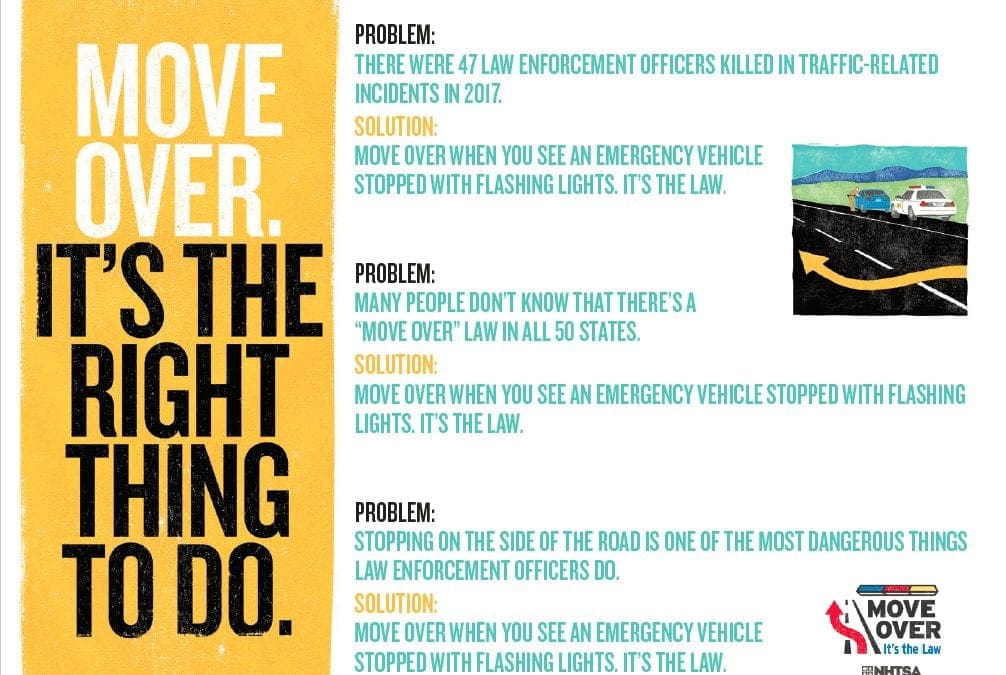All 50 States have “Move Over” laws to protect law enforcement officers and other first responders stopped on our Nation’s roads. Yet only 71% of the public are aware of these laws, and traffic-related incidents continue to be the number one cause of death among on-duty law enforcement officers.
Together with our law enforcement partners and State highway safety offices, NHTSA is working to increase awareness of these life-saving “Move Over” laws and highlight the need to protect public safety professionals who place themselves at risk to protect motorists. FAQ’s below!
By working with local organizations and raising public awareness of “Move Over” laws through earned and social media, you can make a difference and save lives. PLEASE SHARE.
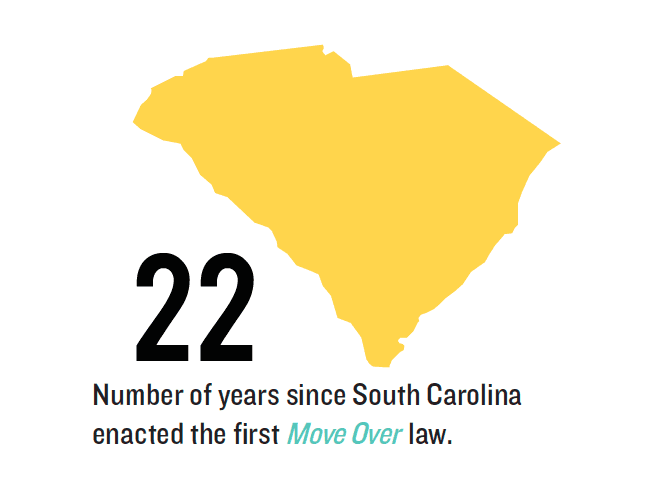

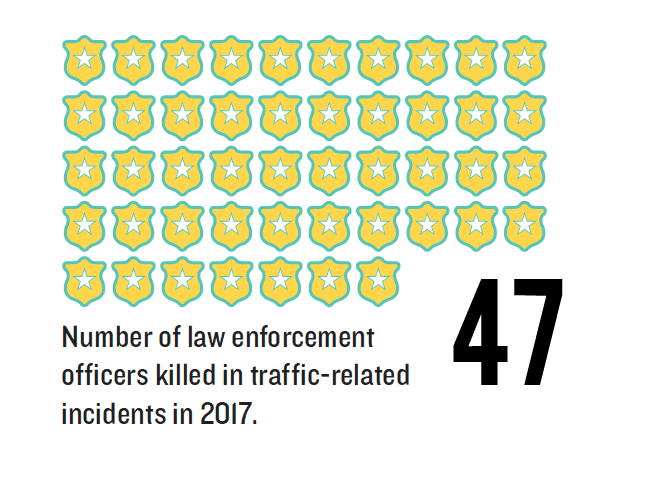
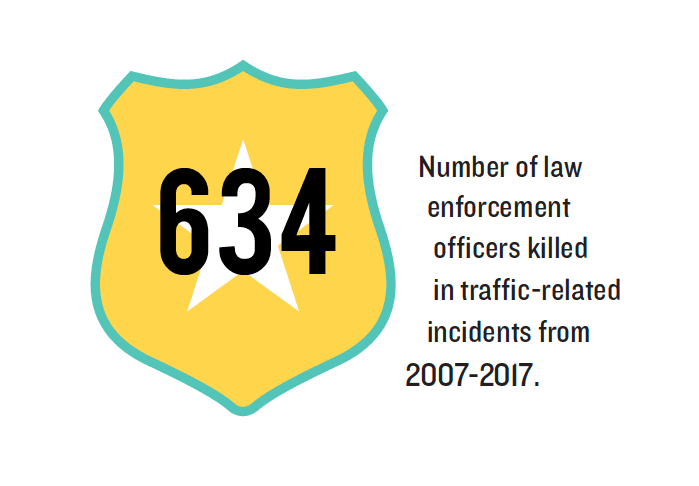
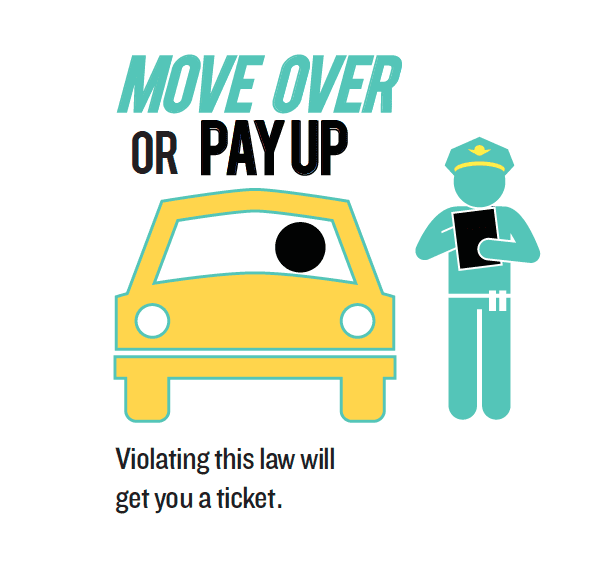
Campaign originally shared via the Idealease Safety Bulletin.
FAQ – Get the Facts: Move Over. It’s the Law.
Learn these facts about the “Move Over” law so you can do your part to protect those who protect you. It’s not just the law—it’s the right thing to do.
I’ve never heard of the “Move Over” law – what is it?
Laws vary from State to State, but in general: When an emergency vehicle using any visual signal is stopped or parked on or next to a roadway, drivers approaching the emergency vehicle should (1) make a lane change into an available lane not immediately adjacent to the emergency vehicle; or (2) if unable to safely make a lane change, slow down to a reasonable speed for existing weather, road, and vehicular or pedestrian traffic conditions.
How do I know if my State has a “Move Over” law?
All 50 States have enacted “Move Over” laws, but very few Americans know they exist. Visit http://www.DrivingLaws.AAA.com to find out your State’s law.
If I violate the “Move Over” law, what is the penalty?
Fines for violations of the “Move Over” law vary from State to State. In some States, violation of the law is punishable by jail time as well.
Is it really that unsafe to drive next to a law enforcement officer stopped on the side of a highway?
Yes. Making a traffic stop, investigating a crash or assisting a motorist are some of the most dangerous things law enforcement officers do. In 2017 alone, 47 law enforcement officers were killed in traffic-related incidents.
Why am I hearing so much about this law now? Is it new?
No. In fact, the first “Move Over” law originated in South Carolina in 1996 after a paramedic was struck and killed while responding to a crash. Since then, every State has enacted such laws, including Hawaii, which in 2012 became the 50th and final State to enact “Move Over” legislation. Unfortunately, not everyone is familiar with these laws, so the U.S. Department of Transportation’s National Highway Traffic Safety Administration is spreading the word.

